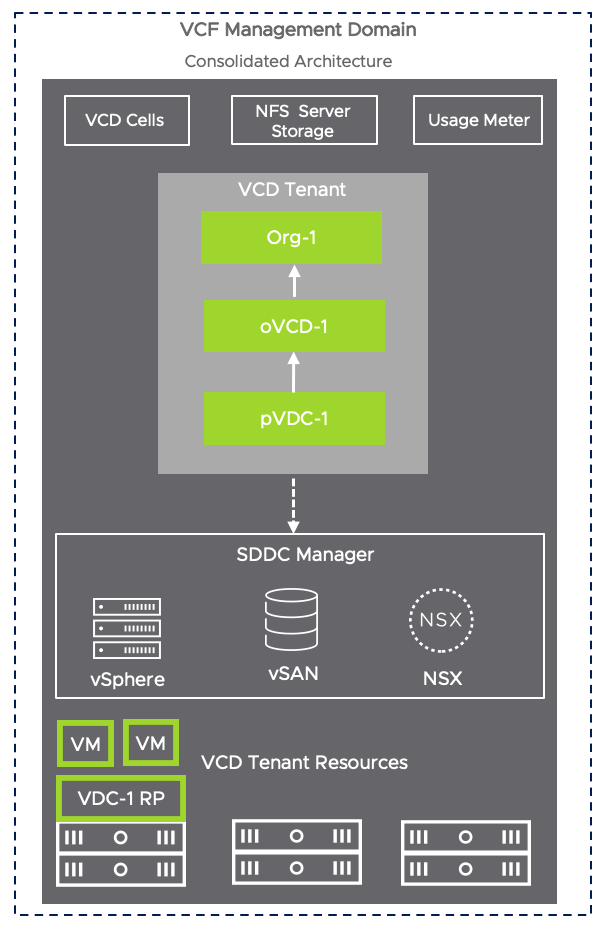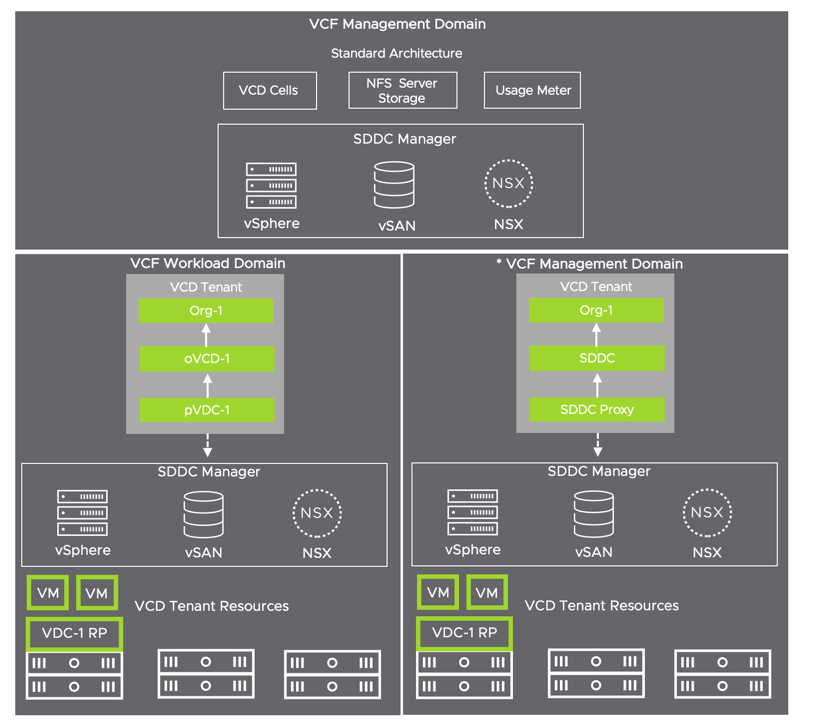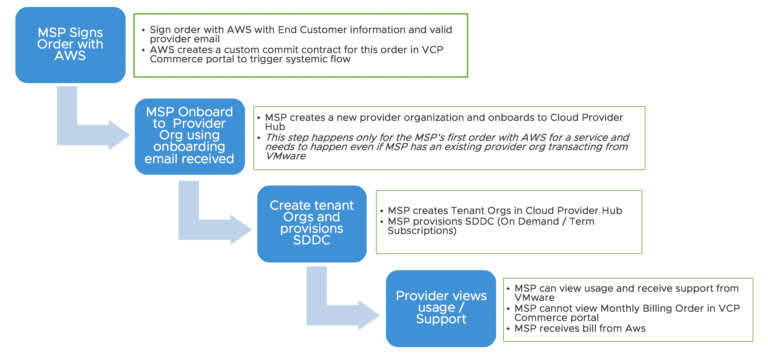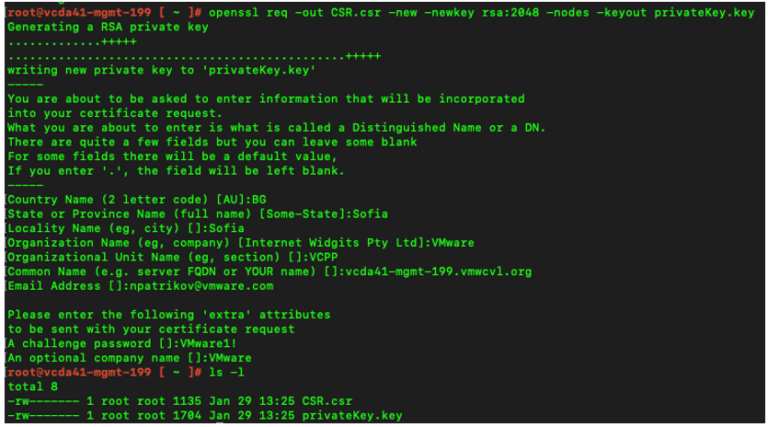With the release of VMware Cloud Foundation (VCF) 4.2, many new features like vSAN Mesh and NSX-T 3.1 federation have been released. These features can help cloud providers deliver a robust and developer-ready infrastructure. More details about this latest release can be found in the release blog.
Have you been considering using VCF but haven’t had time to set up a lab to start evaluating it? If the answer is yes, then we recommend you the VMware Cloud Foundation Lab Constructor (VLC) which provides simplified deployment of VCF in a nested lab.
Detailed information about VLC can be found in blog post by Heath Johnson.
Note: Since the deployment of VCF using VLC is intended for users to explore the product functionality and gain hands-on experience, it is not supported for production and should be used for testing only.
Now that the deployment of VMware Cloud Foundation labs has been made easier using the Lab Constructor, you can more easily explore the potential use cases for VCF, one of which is VMware Cloud Director (VCD) on VCF.
How does VCD on VCF benefit Cloud Providers?
Cloud Providers can deploy VMware Cloud Director on VMware Cloud Foundation thus saving time in the deployment and configuration of the underlying infrastructure required for VCD. This facilitates rapid onboarding, easier day-2 operations, simplified consumption, and faster monetization of services.
Since VCF is tightly coupled with VMware Validated Design, planning and preparation have been made a lot easier.
VCD on VCF qualifies for Cloud Verified program in which VMware Cloud Provider Partners deliver VMware Cloud Infrastructure in services worldwide with the VMware Cloud Verified designation.
Typical VCD on VCF Use Cases for Cloud Providers
There are three typical VCD on VCF use cases for cloud providers:
- Tenant workloads in VCF Management Domain
A cloud provider builds their infrastructure using VCF and deploys the entire VCD stack on a VCF-based infrastructure. Both VCD management resources and tenant workload resources are deployed on VCF-based SDDCs (Software-Defined Data Centers), configured in consolidated VCF architecture, and ideal for a small environment.

- Tenant workloads in VCF Workload Domain
Using a Standard VCF Architecture, a cloud provider builds their infrastructure for a management cluster using VCF and deploy the entire VCD management resources on this VCF-based infrastructure. Tenant workload resources are deployed on other VCF Workload Domains.

- Tenant workload in a dedicated VCF and exposed via CPoM (Central Point of Management)
A Cloud Provider builds a dedicated consolidated VCF stack for a customer with just a VCF management domain where the tenant workload resides.
This is ideal for customers who want to access the vCenter configured for VCD via CPoM.

* Tenant workload resides in VCF Management Domain and accessed via CPoM.
Recommended VCD Deployment Model on VCF
Placing VCD management components within a VCF management domain is a recommended deployment model since it is quite easy and straightforward. This is because the VCF management domain with its cluster already exists as mandatory VCF components; hence minimal planning is required to deploy VCD.
This deployment model provides better resource efficiency as the VCF management domain consists of 4 or more hosts and is usually bigger than the resources required for VCF management instances, thus allowing VCD Management cluster to consume the surplus resources of the VCF management domain. In terms of VCD deployment, its recommended to use vSAN FS for NFS transfer share and use NSX ALB to load balance the VCD cells.
Want to know more about deploying VCF using Lab Constructor and VCD on VCF? Here are some of the demo videos you can refer to:
And if you are still interested to explore more options and features, then I would suggest you refer to the VCD on VCF Tech Paper.
I hope now you have a good understanding of the overall process and how easy is to deploy VCD on VCF. Why don’t you give it a try and let us know how it goes?






